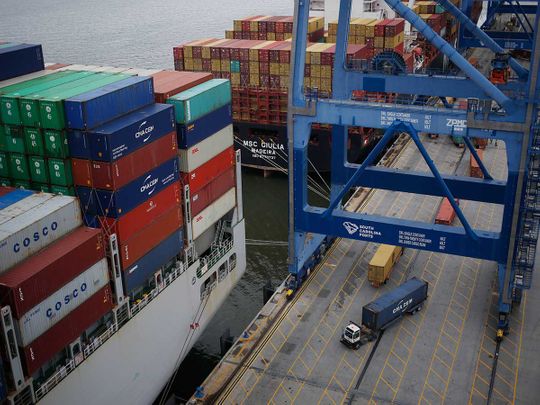
When China sneezes, the world catches a cold.
That’s how 19th-century diplomat Klemens von Metternich, had he been around today, would have paraphrased one of the most iconic phrases about the global economy.
Indeed, with China at the epicentre of the global economy and the bulk of its manufacturing and supply chain today, the rapidly-spreading coronavirus has delivered a body blow to countries, companies and stock markets around the globe. With swathes of Europe and America now reeling under its impact, the world has come to a standstill.
The support for consumers and companies to stimulate demand when the virus passes needs to be more inventive and must combine rate cuts with targeted packages to boost confidence and keep credit flowing.
On the supply side, the epidemic has crippled the capacity to produce goods as millions of Chinese factories remain shut. While the situation in Hubei province and its capital Wuhan has vastly improved, it will still take months for China’s gigantic manufacturing machinery to bounce back to normality.
But initial predictions of a V-shaped trajectory for the global economy — where global growth rebounds following a sharp decline — are now in tatters because demand is rapidly slumping too. As new countries get affected by the virus every day, worried consumers are loathe to shop, travel or eat out, and companies look to slash growth forecasts and save costs.
With the world economy headed for its weakest expansion since 2009, it’s time for policymakers, central banks and economists to actively consider more radical solutions than a broad-brush stimulus of reducing interest rates. Simple rate cuts cannot reopen factories, fill up emptying grocery shelves or get millions of people confined at home due to anti-virus measures back to shopping malls. Wall Street, for instance, slumped following an unprecedented US Federal Reserve rate cut last week.
Crippling consequences of the new virus
The support for consumers and companies to stimulate demand when the virus passes needs to be more inventive and must combine rate cuts with targeted packages to boost confidence and keep credit flowing. An $8.3 billion emergency-spending bill in the US is among such measures — as is the decision by Chinese regulators to ease guidelines for bond sales and Japan central bank’s new lending package for companies affected by the outbreak.
Similarly, the UAE’s gesture of setting up the Emirates Humanitarian City for evacuees from China is more than simply humanitarian — it also provides a bedrock of stability to Arab economies in the region as they grapple with the crippling consequences of the new virus.
The coronavirus outbreak is a challenge to an inter-connected world order and the global economy — but its potential for economic disruption can be minimised with proactive measures and collective support from governments and fiscal authorities around the world.








